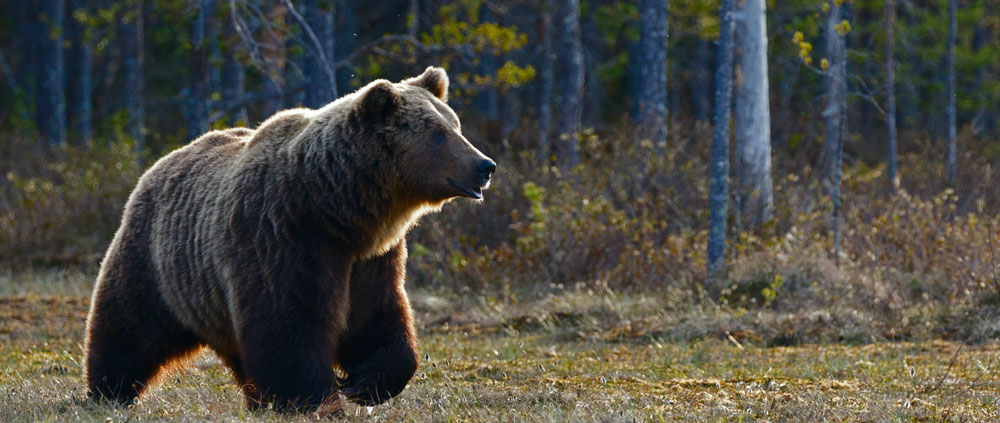How Long Will a Bear Market Last?
The S&P 500 is down about 17 percent as of May 25, 2022, narrowly avoiding the traditional definition of a bear market at negative 20 percent. The NASDAQ has already fallen well into bear market territory with a loss of about 28 percent year to date. The DOW is down a hair over 12 percent. The U.S. could be on the edge of a recession, technically defined as two consecutive quarters of negative GDP growth. The U.S. printed a decline last quarter, proving we’re already halfway toward a recession, despite promises to the contrary made by Federal Reserve Chairman Jerome Powell.
Any way you look at it, things are ugly.
It’s easy to point fingers and lay blame: war in Russia, inflation, questionable Federal Reserve policies, White House policies, and supply issues, all of which are contributing to higher prices on everything from gas and food to homes. Americans are beginning to feel the pinch.
There are two truths we must remember. The first is that, yes, a bear market and recession are very possible at this point. No one ever knows long it will last or how painful it may be for investors. Second, the bear market will end at some point, and the negativity will reverse. It may present opportunities to acquire great businesses at attractive prices until it does.
But when?
That’s the question on everyone’s mind, but the reality is there is no way of knowing. Think back to the last bear market in early 2020. With COVID peaking and the world seemingly shut down, the S&P 500 fell almost 34 percent. However, given the drop’s traumatic circumstances, the downturn was short-lived. The bear market ended just over one month later.
If we assume 2020 was an unusual bear market (considering it was the shortest of all time, lasting just over one month), we can look to the averages for more perspective. Since World War II, there have been 17 bear (or near bear) markets with an average drop of 30 percent and an average recovery time of about one year. Focusing on just those accompanied by a recession increases both the drop and recovery time to 34.8 percent and 15 months, respectively.
Remember, this also happens to be an election year, and they tend to have more volatility than most, with an average peak to trough of about 17.1 percent. The good news is that a year later, the markets averaged a positive 32 percent return.
Now we know past performance is not indicative of future results, but the data seems to suggest that we’re near an average bottom. How much further markets will go and for how long remains to be seen. We can hope for a short-lived bear market akin to those in 2020 (1.1 months) or 2018 (3.1 months). Hopefully, it will be faster than the worst since WWII, which was 2000 (30.5 months) or 1974 (20.4 months).
Bottom line: Nobody knows.
The key is, as always, to be prepared. Have a great financial plan that includes:
- Being debt-free so you will have excess cash flow that you can reinvest when prices are low, such as times like these.
- Having ample cash reserves for emergencies, projects, and planned expenditures. Emergencies happen, so plan for them with cash set aside.
- Investing for cash flow rather than price. A focus on dividend-paying companies can provide both modest price growth and, more importantly, rising income through growing dividend payments. Your cash flow must increase at a rate that outpaces inflation, especially if you plan to rely on it for 30 to 40 years during retirement.
- Not investing purely for price fluctuation. You have to be “right” three consecutive times: buy low, sell high, and buy low again. Ask any long-term investor, and you hear that it is hard to do with any consistency.
We know it feels uncomfortable when prices decline. However, we also know that those declines historically have been temporary. Occasionally great business can be acquired for prices significantly lower than average, which can be an excellent opportunity for those with the patience and time horizon to hold onto an investment for the long haul. The hard part is having the wisdom to recognize when the price of a company is below its value, and the emotional strength to invest in them when they are down in price.
Nobody knows how long a bear market will last, but we do know humans are emotional and react to the emotion of fear.
It’s been a long time since we’ve seen a true, enduring bear market. But remember, downturns are a normal, unavoidable part of investing. Temporary declines of more than 20 percent occur every five to six years, according to data from First Trust. Bear markets may punch hard, but historically the market has always gotten back up.
Avoid feeling the dread or fear typically associated with declines. Rather, look at them as potential opportunities. Successful investing requires navigating through bear markets with patience, humility, and a good handle on your emotions.
Data Source: https://lplresearch.com/2022/05/18/six-things-to-know-about-bear-markets/
Steve Booren is the Owner and Founder of Prosperion Financial Advisors, located in Greenwood Village, Colo. He is the author of Blind Spots: The Mental Mistakes Investors Make and Intelligent Investing: Your Guide to a Growing Retirement Income and a regular columnist in The Denver Post. He was recently named a Barron’s Top Financial Advisor and recognized as a Forbes Top Wealth Advisor in Colorado.
The economic forecasts set forth in this material may not develop as predicted and there can be no guarantee that strategies promoted will be successful.









